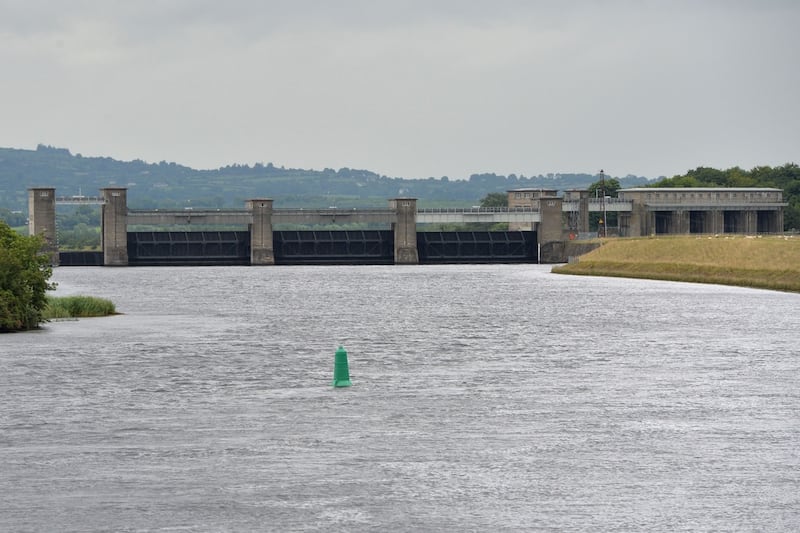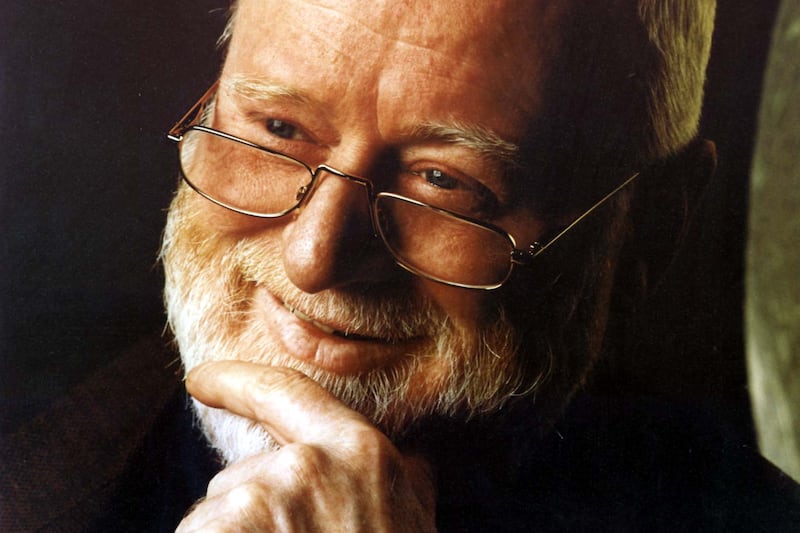The Booker Prize was not given for 1970, for technical reasons. Forty years later it was awarded retrospectively. There was something aptly bitter-sweet in the awarding of the so-called Lost Booker to JG Farrell's Troubles. It is a book about loss on both the personal and the grand scales. And its author was himself by then long lost, having slipped and fallen into the Atlantic as he fished on the shore near Bantry Bay, in Co Cork, at the age of just 44.
The great loss in Farrell's work is the decline and fall of the British Empire. It is the subject of his great triptych: Troubles, set in Ireland at the start of the War of Independence; The Siege of Krishnapur, which did win the Booker, in 1973, and The Singapore Grip.
Together they form an epic dark comedy of the unravelling of an empire that Farrell characterises not in its grandeurs but through its pretensions and absurdities. His great achievement is to combine a sense of seismic shift with a feeling of daftly entropic decline.
Perhaps only someone who was both insider and outsider could have managed this. James Gordon Farrell was born in Liverpool but with strong Irish connections on both sides of his family. He spent his childhood between south Dublin (where his comfortable Protestant world was strikingly similar to that of Samuel Beckett’s childhood) and England.
His sense of being at an angle to English conformity was deepened when, having been a good rugby player at school and at Oxford University, he was partially disabled by polio in 1956. He remained thereafter a restless, often solitary figure, never quite settling into relationships or places, although he does seem to have decided, shortly before his death, to make a permanent home in west Cork.
In lesser hands Troubles could have been too heavy handed in its metaphors of imperial collapse. It is set in the unsubtly named Majestic Hotel in the fictional seaside village of Kilnalough, on the Wexford coast, between 1919 and 1921.
From the start it has an air of absurdity. Maj Brendan Archer has recovered from his Great War wounds and comes to the hotel to claim one of the proprietor’s daughters, Angela, as his bride. But their only connection was a “somewhat hysterical” meeting when he was home on leave in Brighton in 1916: “He remembered declaring that he would come back to her, but not much else.”
When he arrives to keep his promise his relationship with the dying Angela proves to be nonexistent, and the hotel is shambolic: “ ‘How incredibly Irish it all is!’ thought the Major wonderingly.” And yet Archer, even when he leaves, finds himself unable to stay away. He keeps intending to write a note saying “Circumstances oblige me to leave Kilnalough never to return”, but he never does.
The echoes of the imperial dilemma are plain, especially as the violence of the revolutionary period intrudes itself ever more insistently. The statue of Queen Victoria in the hotel grounds is partly blown up. A “Sinn Féiner” is shot. Newspaper clippings bring word of events elsewhere in the empire, including the mutiny of the Connaught Rangers and the Amritsar massacre in India. (Archer notes ruefully that “there had always been some corner of the Empire where His Majesty’s subjects were causing trouble”.) The farce of the erotic misadventures of Archer and of Angela’s sisters Faith and Charity totters ungracefully towards tragedy. The Majestic ends as a burnt-out shell.
Although Farrell did not conceive it as such, Troubles, published in the year of the formation of the Provisional IRA and the beginning of armed conflict in Northern Ireland, inevitably resonated with contemporary as well as historic events. The triumph of Farrell's style is that it also transcended them.
You can read more about JG Farrell in the Royal Irish Academy's Dictionary of Irish Biography; ria.ie




















